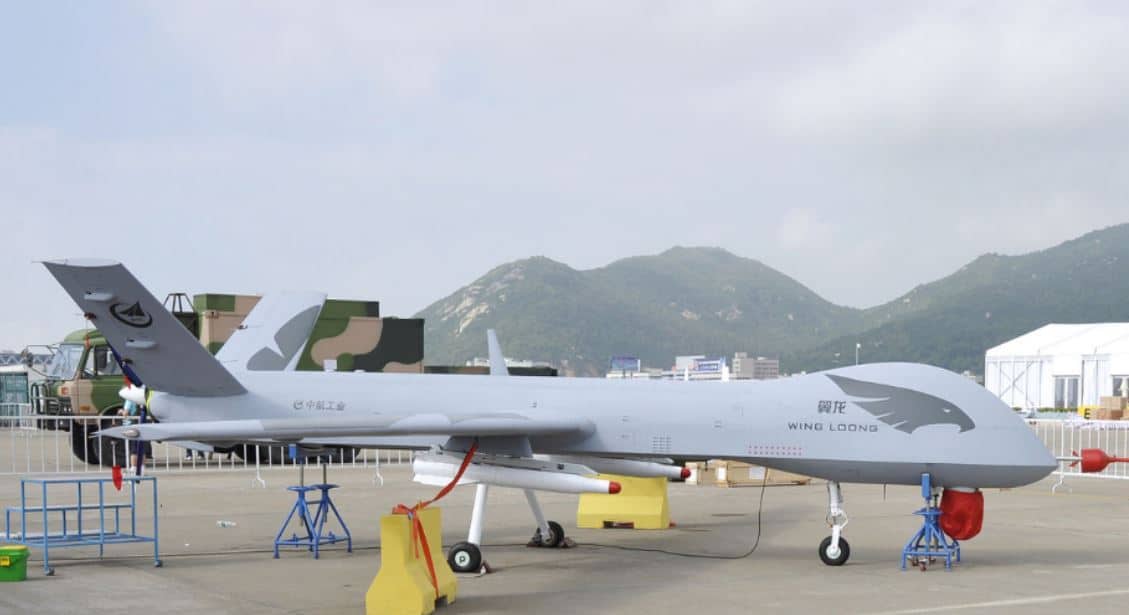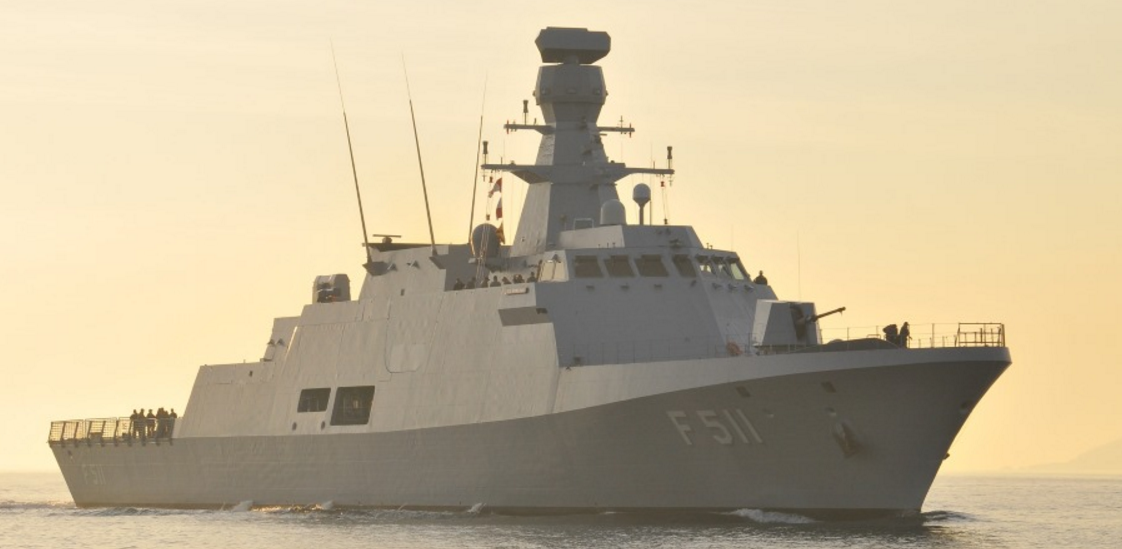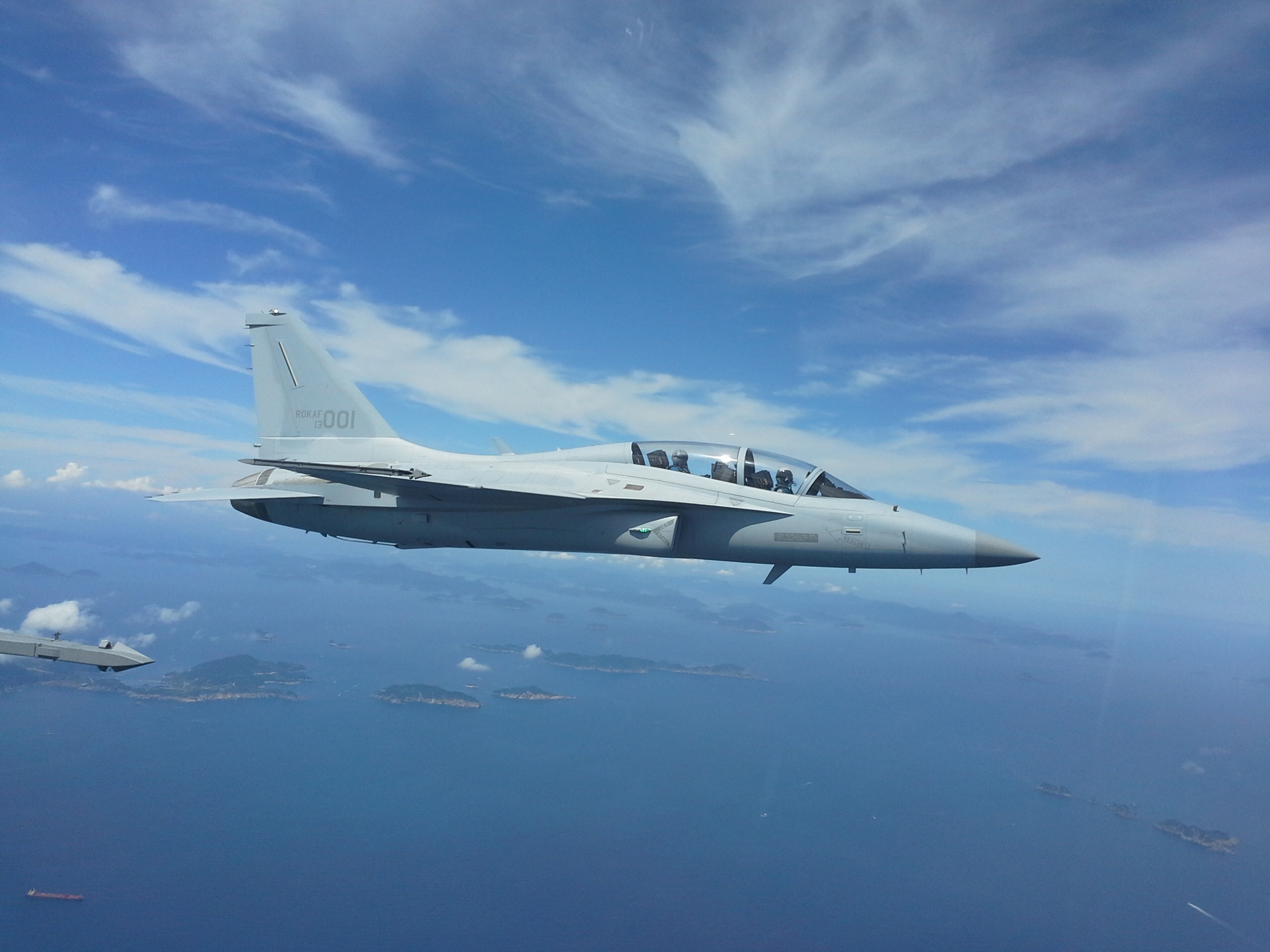2160Views 3Comments

Drones deliver China access into high-value, non-traditional markets
IHS Jane’s reports that Indonesia signed a deal with the Aviation Industry Corporation of China (AVIC) for four Wing Loong I unmanned aerial vehicles (UAV). Manufactured by AVIC’s Chengdu Aircraft Design and Research (CADI) division, the UAVs will join the Indonesian Air Force’s (TNI-AU) Aviation Squadron 51. The Wing Loong I will form the nucleus of the TNI-AU’s strike-capable UAV force, which may grow in the future through additional imports and domestic development and production initiatives.
AVIC’s successful Wing Loong sale to Indonesia speaks to now long-established reality, i.e. the availability of armed UAVs from AVIC is enabling China to enter markets that are dominated by U.S., European and Russian original equipment manufacturers (OEM). Indonesia now joins the United Arab Emirates (UAE), Saudi Arabia, Egypt, Kazakhstan and others as an operator of Chinese UAVs. The CADI Wing Loong-series and the China Aerospace Science and Technology Corporation (CASC) CH-4-series are AVIC’s leading UAV products, with CADI and CASC competing with one another for prospective customers.
China’s strength in this market originates with its willingness to sell armed UAVs to customers that could not procure analogous solutions from the U.S. or Western Europe. In the early 2010s, these countries had included Pakistan (CH-3-series), Saudi Arabia (Wing Loong, CH-4), Egypt (CH-4), the UAE (CH-4), Iraq (CH-4) and Kazakhstan (Wing Loong). In effect, the U.S.’ arms restrictions prevented key markets in the Middle East and Central Asia from acquiring American solutions, thus paving a clear and essentially uncontested avenue for the Chinese to enter these markets.
However, it would be unfair to now pin China’s success in selling drones to purely accessibility and cost, though these are certainly factors thanks the rapid iteration of drone technology in China atop of growing domestic and overseas-driven scale. Rather, China has begun offering truly compelling UAV solutions that aim to qualitatively enhance the end-user’s capabilities in numerous respects. For example, the CASC CH-5 offers a medium-altitude long-endurance (MALE) capability with a sizable payload (1,200 kg) for guided air-to-surface munitions as well as surveillance and electronic intelligence equipment. On the other hand, CADI is bifurcating its UAV portfolio between its comparatively high-performance Wing Loong II and an improved, but lower-cost, development of the Wing Loong I in the Wing Loong ID.
AVIC provides prospective customers a wide-range of UAVs to select from, enabling for custom solutions (e.g. procuring a mixed or composite force of large and small MALE UAVs) and responding to diverse fiscal or budgetary requirements. The relatively rapid iteration (e.g. Wing Loong I to Wing Loong II and ID) also allows for AVIC to recapitalize its existing clientele with new drones to replace their older designs, while also substantially improving the end-user’s capabilities (e.g. through extended endurance and lower life-cycle costs). From a product standpoint at least, the strategy is generating new sales among existing users.
In January 2018, IHS Jane’s identified that the UAE was the launch customer of the Wing Loong II, which CADI claimed had secured a launch buyer before the UAV’s test-flight in early 2017. Prior, reports listed the UAE as among the CH-4’s operators. However, with Indonesia, AVIC’s customer base is also expanding, suggesting that AVIC’s OEMs are potentially viewed as industry-standard OEMs in terms of not only selling armed drones, but providing a proven track-record for sustainment/after-sale support and development. Those looking to compete with AVIC will be dealing with a party that is experienced in managing armed UAV sales, providing AVIC the coveted position of being the incumbent in the armed UAV space.
However, prospective competitors (from the U.S. Europe, Russia, etc) will have to contend with AVIC along with a growing pool of other Chinese suppliers. This includes Star UAV System Company, which revealed its Star Shadow unmanned combat aerial vehicle (UCAV) at the 2018 Singapore Air Show. Besides building upon China’s portfolio of armed UAVs, the Star Shadow adds the dimension of low radar-detectability via an airframe with a radar cross-section (RCS) of 0.1m2. If the Star Shadow comes to fruition, it would likely compete as the sole option of its kind (notwithstanding a competing AVIC UAV, such as Tianying), offering buyers a UAV solution they could apply in conventional warfare situations.
AVIC’s overseas rivals, particularly General Atomics in the US and Israel Aeronautics, reiterated the long-standing experience of their respective companies. Speaking to Reuters, General Atomics’ Vice President for International Strategic Development stated: “We’ve flown 5 million hours on [the MQ-9]. That’s more than all the UAVs combined in the world.” Israel Aeronautics’ Deputy Chief Executive for Marketing and Sales Dany Eshchar stated: “You cannot shortcut 40 years to five years.” Regulations and foreign relations withheld General Atomics and Israel Aeronautics, respectively, from entering the Middle East and Central Asia markets as thoroughly as AVIC. The extent to which that can change and, just as importantly, result in offers as cost-effective and technically flexible as those of AVIC remains to be seen.



3 Comments
by Joseph
I don’t think China has ever sold anything to Indonesia before, so this could be a small but significant step for both countries.
by Steve
Glad to see an end to Western monopoly, political arm twisting, and financial manipulation of smaller countries while grudging allowing arm sales WRT to UAV’s. Even countries with an obvious need like Pakistan were put on hold for decades while the “do more” BS was repeated ad nauseam. Just see the patronising but actually worried statements coming out of GA and IA. Good for China. Well done! Hope we buy top of the line Wing Loong II and don’t just settle for CH-3.
by Steve
The sale is significant on many levels. The West usually only sells to countries participating in their ‘colonial’ wars or anti Muslim powers practising state terrorism. Sometimes the anti Muslim countries can be ‘Muslim’ themselves! Wonder if China will allow tech transfer for allies like Pakistan, as part of Project Azm.